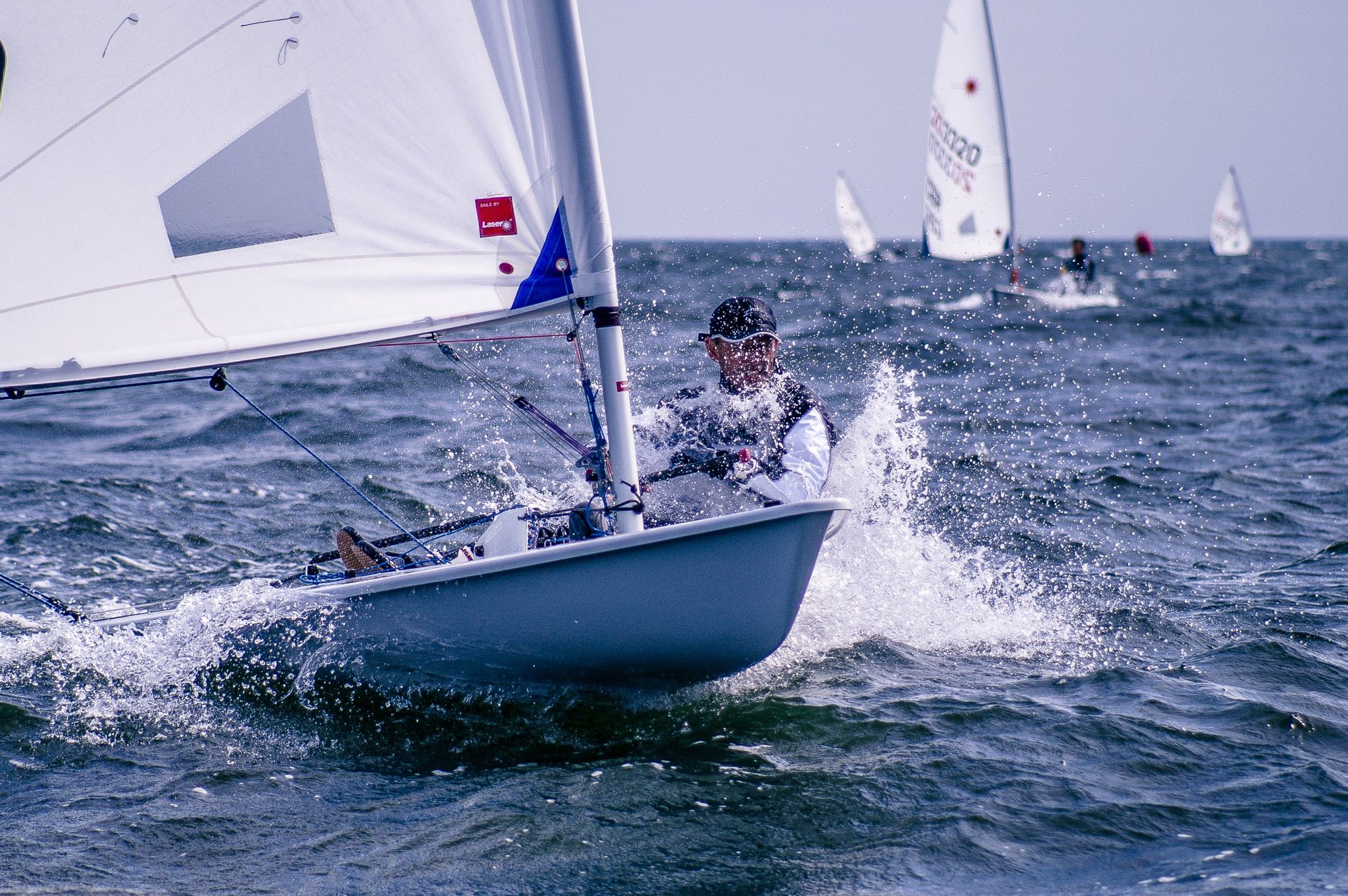The Explorer’s Metaphor — Part 5: Navigating unknown seas and finding direction

The explorer’s metaphor is a series of articles that aim to provide an introduction to sensemaking and complexity management for designers, managers, and decision-makers. Read here part 1, part 2, part 3, and part 4.
Navigating complexity
An unknown sea is a place of unknown unknowns. The links between phenomenons in the landscape are not obvious, and this ambiguity can hardly be resolved as these flows are constantly changing.
This is a place where stories –even conflicting ones– strives because they allow coherence in our experiences: a place of monsters, wonders, and mysteries.
Unknown seas are a special type of complexity, one that remains full of uncertainty even when explored because they keep changing, evolving, and adapting. They allow contradictions to exist at the same time. There is no normal, no default. Uncertainty is the rule.
Navigating such flows requires us to reframe our approach:
- There is no predefined “route” – the path and its constraints unfold as we move.
- There is no destination – the map has no static points to target.
- Risk is inherent – every action (even doing nothing) is a decision with unforeseeable consequences.
- Past actions become less relevant to present options – as constraints evolve, causality slips away.
Instead of a destination, what explorers might better look at is gaining a sense of direction.
If destination is a known fixed point in time/space, direction is the act of riding flows we have no control over with intent.
Navigating complexity requires both knowledge & practice (praxis), reflection & action, slow & fast, etc. It requires also careful awareness of any predefined paradigms that might hinder our ability to know & act: exploration is an act of “letting go” (to paraphrase D. Snowden).
Direction does not precedes but rather emerges from praxis.
Sensemaking, meaning-finding, and the problem of interpretation
Epistemic injustice relates to the distortion or misrepresentation of one’s meanings and occurs, for instance, when a group applies predefined filters and categorisation to field data. Interpretation is subtracted from individuals and externalised for the sake of an illusion of objectivity.
On one side, predefined paradigms impact interpretation to fit internal coherence: we find what were are looking for, even though we might encounter information that contradicts our views.
Explorers might rather let meaning emerge from data, and be open to being surprised — exploration should be fueled by curiosity:
- Self-categorisation by participants during data collection allows for the emergence of large patterns.
- Qualitative participatory collection suits the informal gathering of data and allows for the emergence of localised patterns.
Sensing brings you halfway, you need experimenting

Furthermore, finding direction is a combination of making sense and acting in the present. Navigating unknown seas is the art of looking around for clues of wind or current changes, steering left, adjusting speed, and assessing the situation again.
Dave Snowden describes “[Do] The Next Right Thing” song from Frozen II movie, as a great metaphor for Complexity.
Thanks for reading!
This is part five of a series of articles that aim to provide an introduction to sensemaking and complexity management for designers, changemakers, managers, and decision-makers through metaphors & abstractions.

Discussion